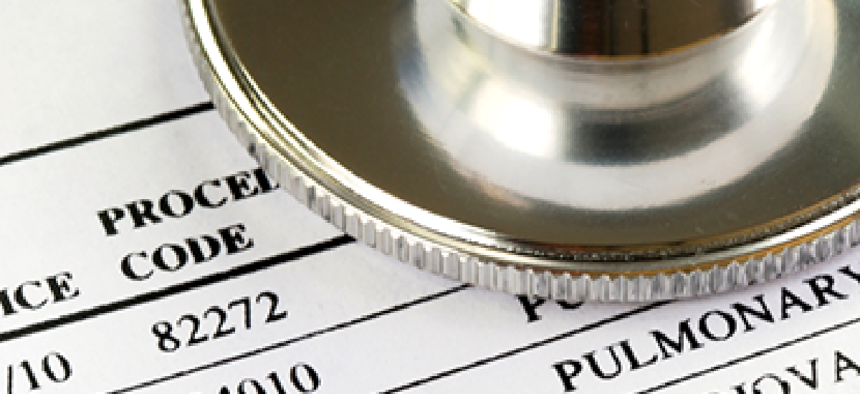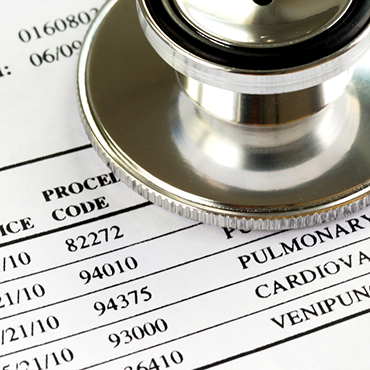Patient data the next IT frontier at VA

The VHA’s Kathleen Frisbee predicts that patient-generated data will swamp electronic health records in terms of volume.

A profusion of data from sensors, home monitoring devices and health and wellness apps threatens to overwhelm medical providers. The Veterans Administration is trying to get ahead of the problem with a playbook on how to build applications that collect data, structure information, establish rules on when and how to share that data with clinicians and integrate that data into existing and future electronic health records.
"Patient generated data is going to be the thing that transforms health care," Kathleen Frisbee, co-director of Connected Health at the Veterans Health Administration Office of Information and Analytics, said in keynote remarks at the Government Information Technology Executive Council annual summit in Baltimore. "We predict that patient-generated data will be much larger in volume than electronic health care records," she said.
VHA is trying to get a grip on the data by taking a firm hand in guiding the application development and management process. There is an app store in the works, that's more that just a holding page. The Terremark-hosted application development cloud is a repository for all public-facing apps, because VA is insisting on doing continuous security scans on apps through development, testing, production and updates. Additionally, apps are reviewed for patient safety and privacy concerns and for their clinical utility to the populations served by the department. Each app passes through 16 review bodies before a pilot can go live.
"If you want your VA app using the VA license, you have to have the code there," Frisbee said.
A few recent VA pilots are getting close to their official release.
A set of apps called the Family Caregiver Suite helps family members caring for vets track pain management, post-traumatic stress disorder symptoms, prescription refills and more. According to early testing, the apps are more popular in rural areas. Older veterans were less likely to use the apps, and Frisbee linked this to the VA's use of the Department of Defense Self-Service Access Center credentialing system, known as the DS-Logon, to access the system. Younger vets have the credential, but it can be complicated for an older vet to obtain it.
The VA is also piloting a text-message alert system called Annie, named for Annie Fox, the first U.S. military nurse to receive a Purple Heart. It is a two-way communication system between a provider and patient that reminds patients to send in diagnostic information, take medicine and fulfill other aspects of ongoing medical protocols.
Another pilot in the works involves a wearable patch that continually sends patient biometric data. The challenge here and with other device-based data feeds is how to summarize the data for clinicians, and when and how to alert providers to changes.
"We're not going to alert our providers to death," Frisbee said. Instead, the VA is planning to write rules that spell out when providers are required to look at data, and how to make the data available during VA appointments, emergency room visits and visits with providers outside the VA network.
Currently, there is a gap between data fed by patient-based apps and sensors and the design and architecture of the current VA electronic health record.
That presents two big challenges: understanding how data collected from apps fits inside the electronic health records, and designing for the future. "Everything we're doing in mobile has to converge with the new electronic health records that VA is building," Frisbee said.



